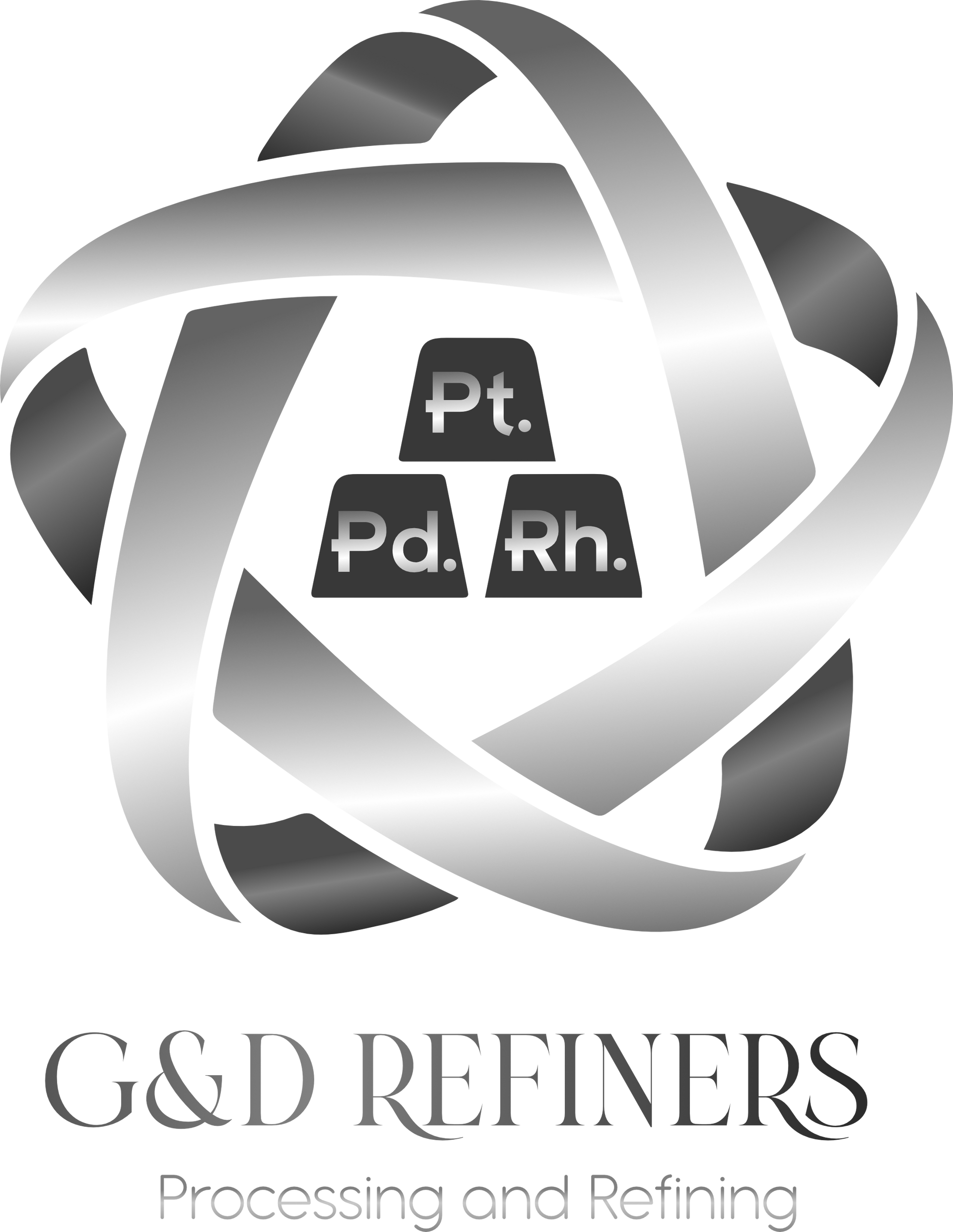Catalytic Converter vs. Muffler: What Are the Differences?
Catalytic converter vs. muffler: How much do you know about the differences between the two? Read on to learn more about the differences between them.
Did you know the replacement cost for a new catalytic converter is around $2,500?
If you don't have that type of money to shell out, don't worry. The problems you're experiencing may not be your catalytic converter, but your muffler instead!
Surprisingly, the two parts lie in your car's exhaust, but there is not much, if any, uniformity. However, understanding their differences can be difficult if you do not know both parts and what their functions are.
Both are part of the exhaust pipe, so it can be difficult to tell the differences. In this article, we'll walk you through the differences between a catalytic converter vs. muffler so that the next time you see them, you'll know how they differ from each other.
What Is a Muffler?
The muffler was created to reduce noise from the car's engine. It is usually located at the top of your car's exhaust.
The shock absorber can be made of stainless steel, titanium, aluminum or copper and can come in different sizes and shapes depending on the car model. As the name suggests, the central function of the muffler is to reduce car engine noise. The car's engines generate energy and produce wonderful sounds that resonate with the exhaust pipes.
Therefore, noise should be minimized to prevent noise pollution. But how does the muffler control the sounds coming from the engine?
This is a question most people would like to answer. The muffler has a series of tubes, chambers and baffles that work to reflect sound waves from the machine.
The muffler components create waves that interfere with the waves coming from the engine and prevent polluting waves from coming out of the exhaust pipe with an initial loud sound.
However, the mufflers make different sounds. So you will find very quiet and noisy cars.
The Muffler Suppresses Engine Noise
The main purpose of the muffler is to prevent unwanted noise waves from leaving the car through the exhaust pipe. The muffler works by trapping the vibrations in metal pipes and absorbing the energy. This way, the energy is prevented from being released into the environment in.
Many states require cars have mufflers to prevent sound pollution.
What Is a Catalytic Converter?
The catalytic converter is part of the exhaust system, which helps to reduce harmful gases released into the atmosphere. It consists of a honeycomb structure covered with platinum, rhodium, or palladium.
The engine exhaust passes through the pores of the honeycomb structure. The catalyst reduces and oxidizes harmful gases to convert them into harmless products such as CO2, water, N2, etc.
Will Removing the Catalyst Stimulate the Exhaust?
Yes, removing the catalytic converter can turn on the exhaust system.
Even if the muffler controls the noise, this control does not change even if you remove the catalytic converter. However, the catalytic converter prevents any noise from the exhaust from being added to the muffler. However, the suppression is so small that you will have a hard time finding a difference in the majority of cases.
Catalytic Converter vs. Muffler
While the function of the muffler is to regulate the noise produced by the engine, the role of the catalytic converter is to convert the harmful gases emitted by the engine into safe gases.
However, the life of the catalytic converter depends on the car's mileage. If the car is driven for longer distances in hot weather outside and in heavy traffic, where it is controlled by stopping and starting, the service life will be significantly shortened. Life expectancy ranges from five to ten years.
Also, having a muffler depends on how much you drive and where it normally operates. The life expectancy for a muffler is between four and eight years. In addition, the muffler can be made in different sizes and shapes to suit the model and make of the car, while the catalytic converter cannot be modified from the first equipment that accompanies the car.
Also, while the catalyst fails due to corrosion, excessive heat, and dirt, the damper fails due to moisture corrosion. A muffler's failure is signaled by loud noise and increased fuel consumption, and a catalytic converter fault is signaled by loud fire noise and engine re-ignition.
Is Removing the Catalytic Converter Legal?
The catalytic converter is not permitted to be dismantled or replaced, as it always controls the car's basic pollution control devices. This happens even when the car is idle!
The only time this component needs to be removed is for repair or replacement. On the other hand, removing the damper without subsequent inspection may result in a fine, as this is against noise and law.
Understanding the Differences between a Muffler vs. Catalytic Converter
Understanding the differences between a catalytic converter vs. muffler is vital. They both play an important role in the overall performance of your car. But, if you notice that either of these parts of your car is starting to go up, it's important that you consider selling them.
Keep an eye on your car for the warning signs that your vehicle will display if your muffler or your catalytic converter starts to go bad. If they are going bad, all hope isn't lost. You can always sell your muffler or catalytic converter at your local junkyard!
Are you interested in learning how much your catalytic converter or muffler in your car is valued at before selling? Contact us today to learn more.




